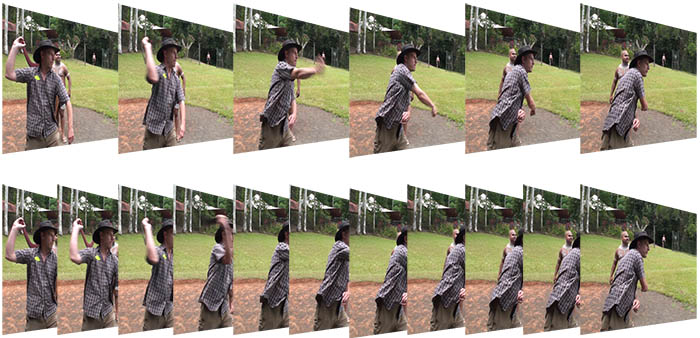FRAME RATE
The term frame rate refers to the number of individual frames or images that are displayed per second in a film, TV or computer game display. Although there are many different speeds when it comes to frame rate, the frame rates used for film and TV are standardised by the Society of Motion Picture and Television Editors (SMPTE).
Why are there so many variations of frame rates? What purpose do each of these serve. Glad you asked! Let’s find out shall we?
Watch the video below to learn more.
FRAME RATE EXAMPLES
Now that you have a better understanding of what frame rate is, it’s time to have a deeper look at the effect that it has. What the videos below to learn more.
HISTORY OF FRAME RATE
FRAME RATE IN ACTION
NOTE: In the video below it is mentioned that the movie ‘The Hobbit’ was filmed at 60fps, when in reality it was shot at 48fps.
USING GOPROS
Watch the video below and pause it occasionally to see the effect frame rate has on the video.
USING SHUTTER SPEED WITH FRAME RATE
When filming your video, especially slow-motion, you have to be careful of the video blurring. See the video below to find out how to work with this problem. Be sure to review the TGJ3M section on the exposure triangle should you need more information on shutter speed.
You can skip to the 30 second mark to avoid the giveaway advertisement.
ARTICLES
A Beginners Guide to Frame Rate
http://aframe.com/blog/2013/07/a-beginners-guide-to-frame-rates/
Frame Rate vs Shutter Speed
There tend to be A LOT of confusion when it comes to the difference between frame rate and shutter speed. Let’s clear up some of the confusion shall we? Visit the website below and see your teacher if you have any questions.
https://vimeo.com/blog/post/camera-settings-clarified-shutter-speed-vs-frame-r
Why is shutter speed double the frame rate? ‘Patrick” posted the following explanation on the website above.
The origins of the rule of thumb lie in the rotating shutter in mechanical cameras. Blocking a frame for half of the time and exposing it the other half of the time (180 degree of rotation of mechanical shutter) yielded a decent sharpness of moving objects and was taken as the default exposure time.
This article explains:
photography.tutsplus.com/articles/quick-tip-how-does-shutter-speed-affect-video–photo-12092

